Norbert Fiebig has been contributing to some well-known astronomy projects. Here we present an overview of references, which shed light on the range of experiences.
LEO Laserterminal On-board Software
In this project I have been working for a German provider of satellite laser communication terminals for inter-satellite links for their on-board software. My contribution covered a wide range of services from consultancy, over software architecture & design, to implementation, testing and documentation. Additionally, I developed a satellite simulator and a payload emulator.

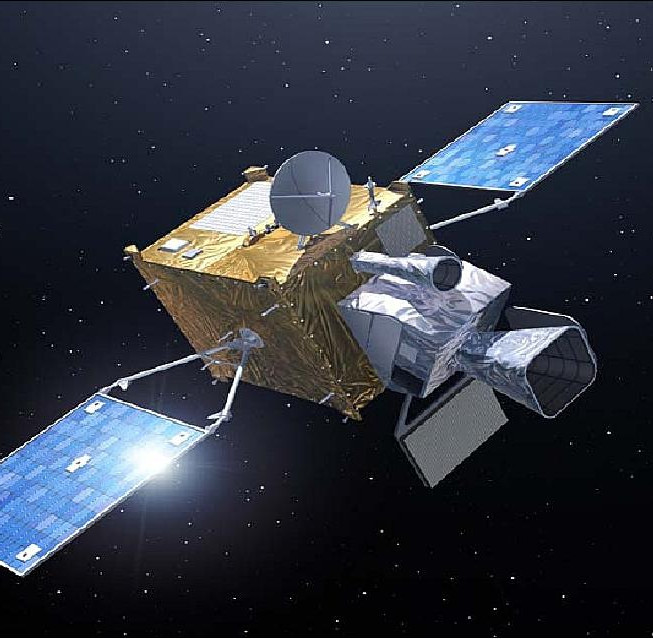
Credit: ESA
Meteosat 3rd Generation
"Meteosat 3rd Generation" is an ESA (Europan Space Agency) program for development of the next generation of European geostationary weather satellite system. The system includes pairs of satellites, each consisting of a flexible combined imager (FCI) and an infrared sounder (IRS) satellite. Norbert Fiebig was intensively involved in the system software requirements analysis and system software specification of the IRS instrument, an infrared telescope and hyper-spectral Fourier interferometer, substantiating the expertise in mission critical systems and development under ESA ECCS standards.
Satellite Constellation Visualization
Together with unit-i.design Fiebig Astrotechnik developed an interactive, photo-realistic 3D visualization of a satellite constellation, equipped with laser communication terminals in orbit. Fiebig Astrotechnik has been responsible for the physically correct simulation of orbital mechanics, satellite dynamics and laser terminal behavior. Besides interactive control the tool provides the ability to read telemetry data from a real mission, filter the relevant parameters and replay in a visual representation what was going on in orbit. As such it may serve as an engineering tool or mission support tool.
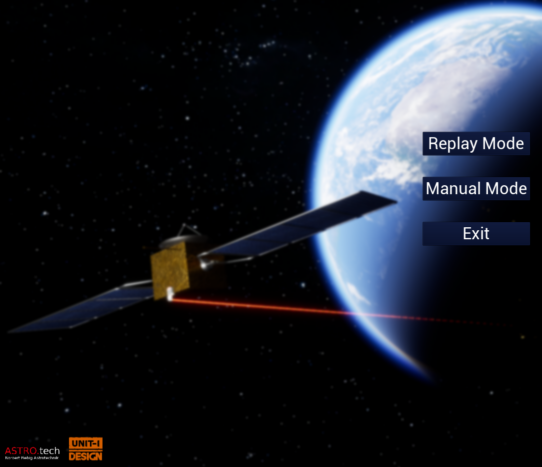
Credit: Andor Technology Ltd.
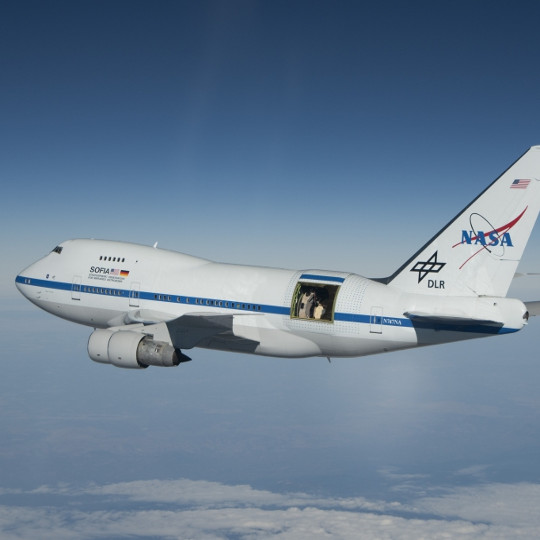
Credit: DLR
SOFIA - the "flying observatory"
Norbert Fiebig participated in the conception and development of the "flying observatory" SOFIA (Stratospheric Observatory for Infrared Astronomy) tracking system with both, system engineering and software development. Since 2017 we are the sole provider of software maintenance for the master control processor, tracker controller and camera control processors, for the DSI (Deutsches SOFIA-Institut).
In 2014 a modernization of the tracking system and technical cameras has been started, including a system engineering redesign. Norbert Fiebig presented this project in a conference talk at the SPIE Astronomical Telescopes & Instrumentation, see Evolution-of-the-SOFIA-Tracking-System.
Andor Camera Control
Andor Technology ® is a leading provider of high-end EMCCD, CCD and sCMOS cameras for astronomy. We developed control software for a range of their cameras, including camera monitoring & control, real-time image processing, local storage in FITS format and image transfer to multiple clients in real-time. Various models of the camera families iXon 3, iXon Ultra, iKonL and the flagship iKon XL are supported. The control software has been a designed as a multi process system in C++ on Linux, being deployed on robust industrial PCs.

Credit: Andor Technology Ltd.
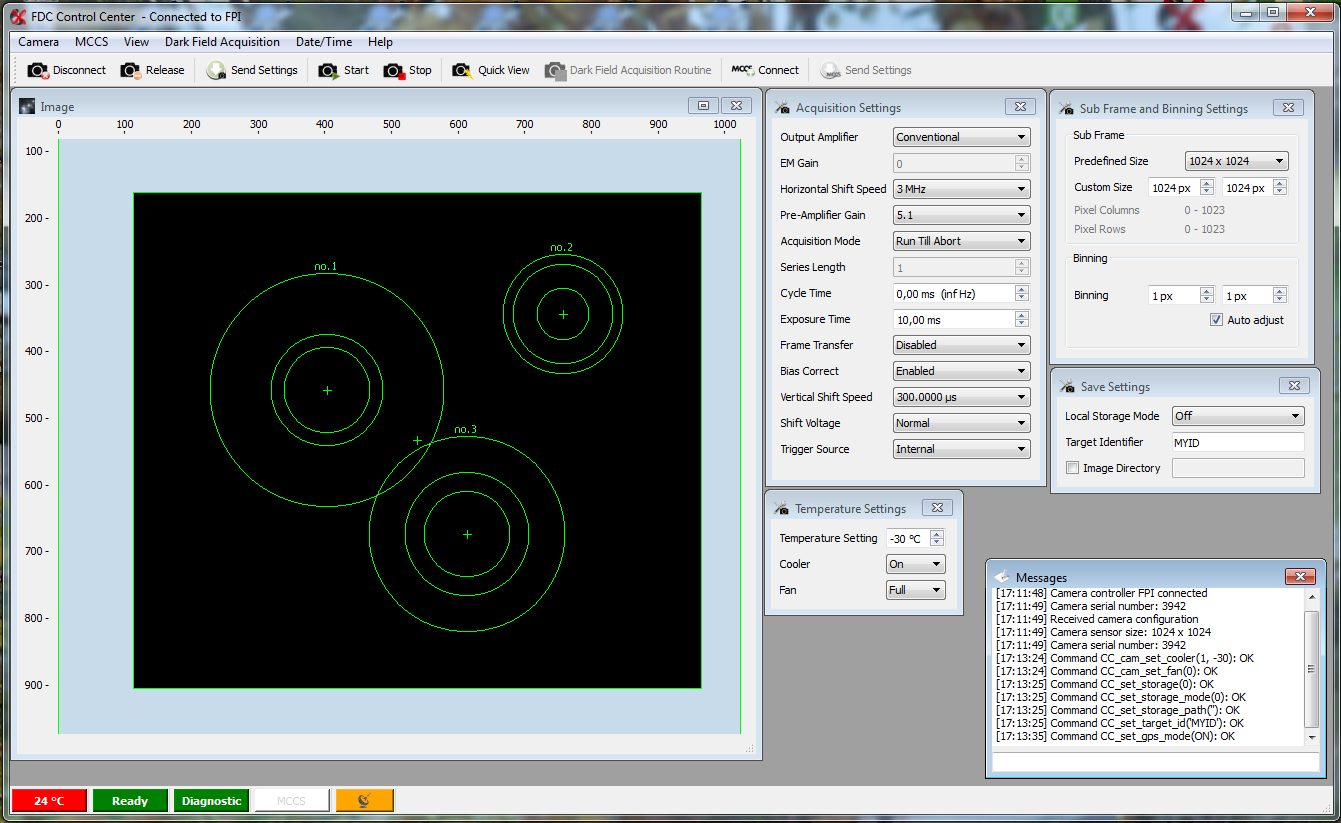
FPI Science Laptop GUI
Development of a Graphical User Interface(GUI) for the upgraded SOFIA Focal Plane Imager FPI+ which allows the camera to be used either as a tracking camera or as a science instrument. The GUI has been implemented in C++ based on the Qt framework.
A shared library provides the infrastructure for access to the FPI control computer by multiple clients in parallel via only one TCP connection. Language bindings for C++ and Python have been provided. This enables operational scenarios like automated online image acquisition and data reduction by Python scripts, in paralel to interactive instrument control via GUI. Recently, the shared library has been migrated to the Qt framework to gain platform independence.
Astrometry
Experimental integration of the Astrometry.net tool for computation of the astrometric solution of an image into the ICCR camera controller. The algorithm configuration has been optimized for the instrument. The local integration, i.e. without requirement for an Internet connection enables automated real-time plate solving on captured images. The astrometric solution can be stored in WCS keywords in the FITS headers
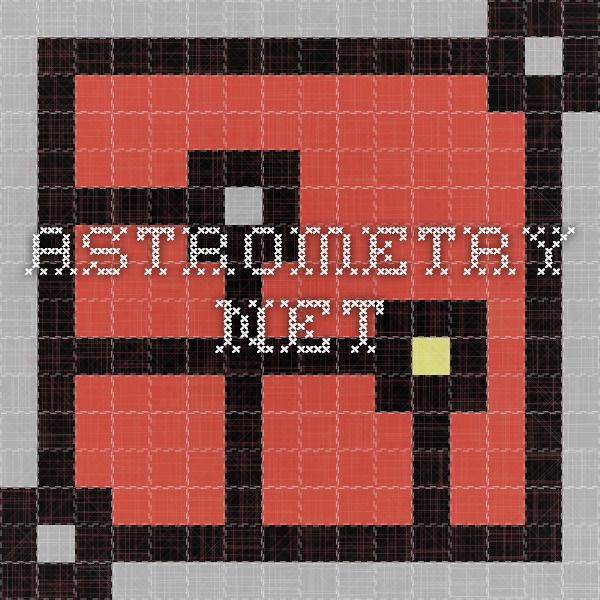
Credit: astrometry.net
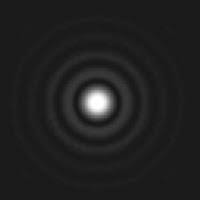
Active Optics Control
Conception of a control prototype for the active optics of main mirrors in meter class telescopes. The planned active optics system will control three electro mechanical actuators to align the main mirror to the optical axis and at the same time serves for focusing. The control software prototype has been implemented in C++ under Linux on a small Single Board Computer, located on the telescope. In addition, a graphical user interface application for Windows and a focuser driver for the ASCOM interface have been developed.
Algorithms for the Adaptive Optics MACAO
Evolution and optimization of real-time algorithms for the Adaptive Optics system MACAO (Multi Application Curvature Active Optics), e.g. non-linear piston control, saturation management, anti windup, waffle mode removal, etc. The algorithms have been designed and tested with MatLab and implemented in C++ for deployment on VMEbus systems with PowerPC CPUs under VxWorks. Further, maintenance of the control software for the high-voltage amplifier system for the deformable mirror has been provided.

Credit: ESO

Control Cabinets for Telescope Control
Coaching of the conception of two control cabinets for commercial meter class optical telescopes and their direct drive alt-azimuth and equatorial mounts. This included control of the mounts, holding brakes, fans, mirror flaps, temperature sensors, etc. The motion control sub-system has been designed for satellite tracking, which demands a very fast path movement, combined with a high pointing accuracy. Further, a concept for flexibility of the I/O sub-system to comply with individual customer requirements has been developed.
ASTRO.control - platform for astronomy control applications
ASTRO.control is a platform for development of control software for astronomic instruments and telescopes. It enables an institute's software engineers to start their development from a high level. The platform is based upon industrial PCs and a dedicated Linux distribution, optimized for control applications. It provides a software infrastructure and framework on which control applications can be built with heavily reduced effort. The specification and conceptual design of the ASTRO.control system have been developed by Norbert Fiebig.

Credit: apod.nasa.gov, PMM team
UCAC4 Viewer
Fiebig Astrotechnik developed an interactive graphical viewer for the very large UCAC4, the fourth U.S. Naval Observatory CCD Astrograph Catalog. The application has been designed with a focus on fast rendering and intuitive control, the display is in chart style. It has been implemented in C++ for maximum performance and is based on the Qt framework. Versions for Windows and Linux are available.
Very Large Telescope
Contribution to the development of the Telescope Control System (TCS) for ESO's Very Large Telescope (VLT), for instance software modules for control of alt/az main axis, dome wind shield, tracking / technical cameras, motor control library and atmospheric dispersion corrector. These activities spanned the development phases from design, over coding and automated unit test, to deployment, documentation and maintenance. All kinds of software, e.g. device drivers, infrastructure components, control applications, client software and graphical user interfaces have been developed in C, C++ and TCL/TK on VxWorks, Linux and other Unixes.
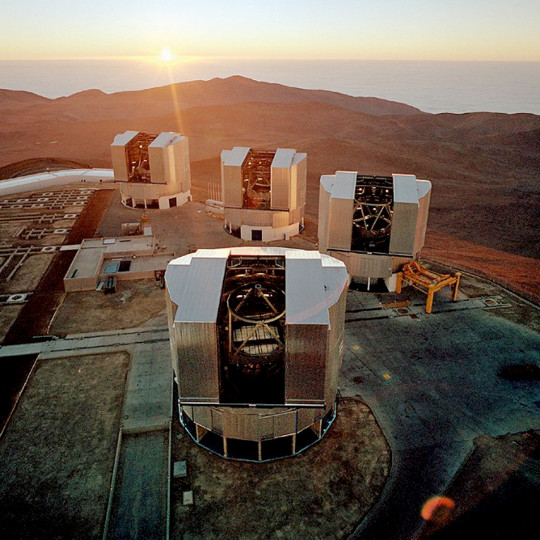
Credit: ESO
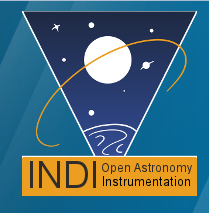
Credit: indilib.org
INDI - Instrument Neutral Distributed Interface
INDI defines a communication protocol and generic architecture, specifically for control of astronomy devices, see indilib.org. In contrast to the Windows focused ASCOM standard the INDI protocol is platform independent. Further, it is designed for a setup, where the devices are controlled by an embedded computer at the telescope and instrument, while the user interface applications run on control room workstations, connected via network. Fiebig Astrotechnik has developed INDI device drivers and graphical user interfaces for INDI systems.
GUI for Astronocimal Image Processing
Fiebig Astrotechnik developed a modern graphical application for image processing of astronomical CCD images. The application is available for Windows and Linux operating systems, shows a convenient graphical user interface and fast response. It provides inspection, calibration and astrometric / photometric evaluation, as well as functions for filtering, batch operations, image blinking and more. All pixel computations are executed in floating point arithmetics. FITS and other file formats are supported.

